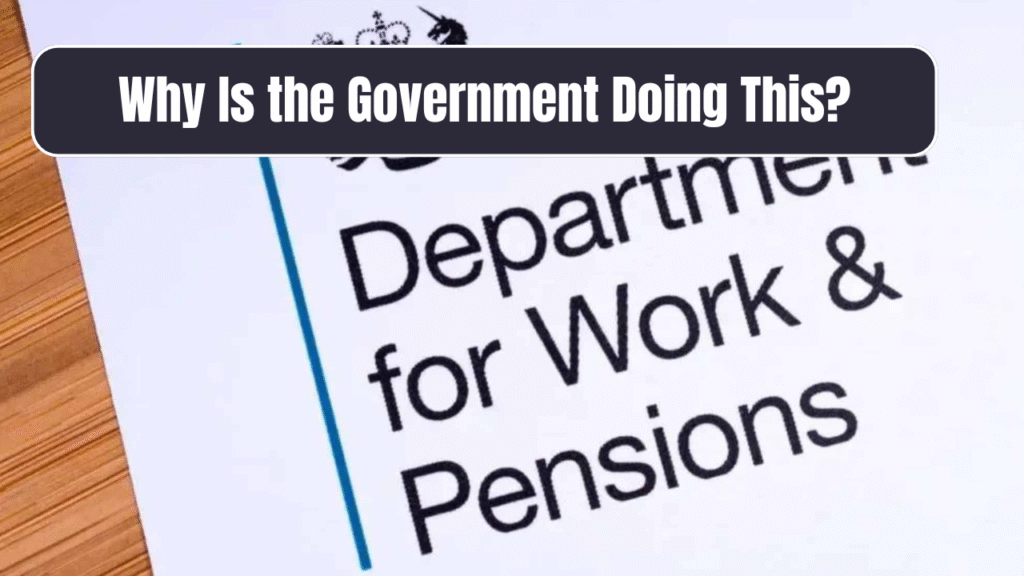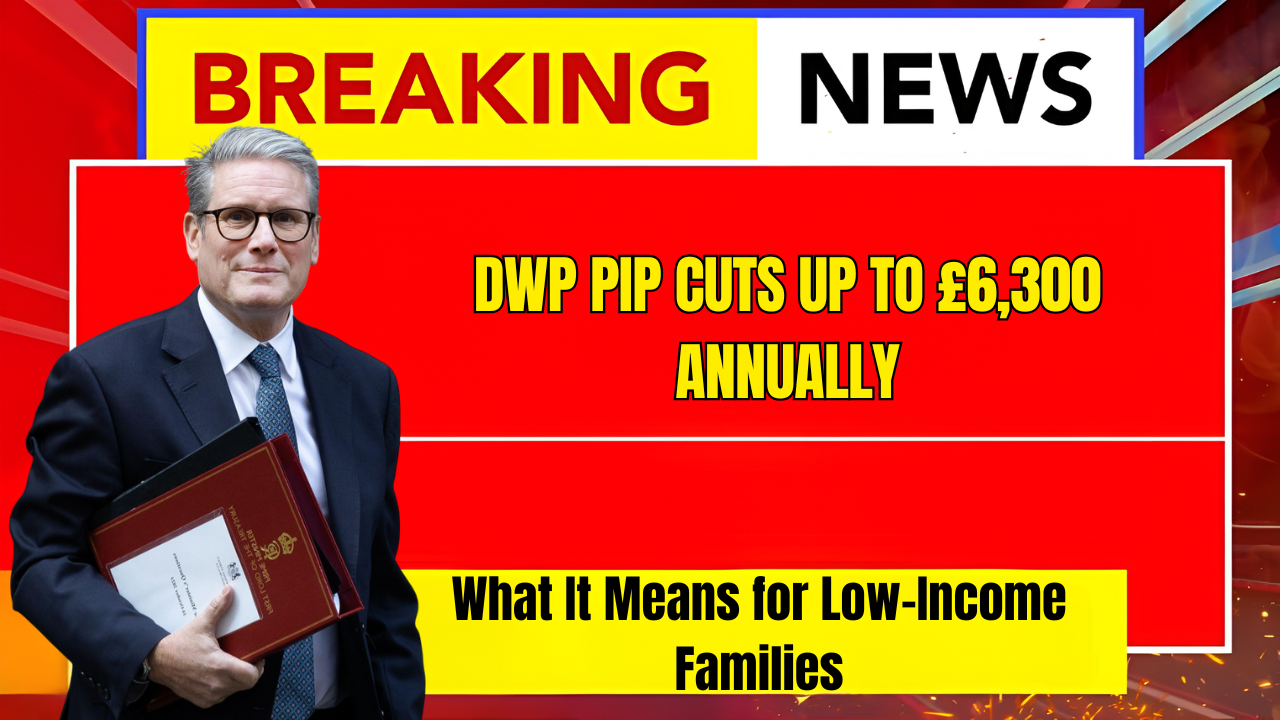DWP PIP Cuts: DWP PIP cuts up to £6,300 per year look to be increasingly worrying for low-income households and the disabled all across the UK. The government of the United Kingdom is heavily reforming PIP so as to save around £5 billion per year until 2029-30. While such reform measures might help alleviate budgetary targets, they stand to create financial difficulties for the very families and individuals likely to be affected.
The proposed changes may very well bring about a scenario affecting over 1 million claimants, cutting their annual benefits and forcing them closer to poverty and abject hardship. This is an elaborate exposition of what the impending PIP cuts portend, including information on who it may concern and how to brace for what is coming.
DWP PIP Cuts
| Aspect | Details |
|---|---|
| Topic | DWP PIP Cuts of up to £6,300 per year |
| Affected Households | Over 1.2 million individuals could lose eligibility |
| Annual Financial Impact | Loss of £4,200 to £6,300 per year for some |
| Poverty Risk | 250,000 people, including 50,000 children, may fall into poverty |
| Reform Goal | Save £5 billion annually by 2029-30 |
| Target Audience | Disabled individuals and low-income households |
| Official Site | Visit GOV.UK PIP Page |
The DWP PIP cuts of up to £6,300 a year could bring about major challenges for disabled people and low-income households. While the government aims to make the system efficient, the human cost may be enormous. If you currently receive PIP, this is the time to begin preparing, keeping yourself informed, and asking for help.
Understanding the DWP PIP Cuts
What Is PIP and Why Is It Changing?
The PIP, or Personal Independence Payment, is a social security benefit provided by the DWP to the population with disabilities or long-term health conditions. The purpose is to offset some of the financial burden of living with a disability, including mobility support and care needs.

According to the government, reforms to the PIP are necessary, citing the current system as “unsustainable”…. This may include increased restrictions on eligibility, reduced payments, and other forms of assistance such as one-off grants or vouchers.
How the Cuts Could Impact You
1. Loss of Up to £6,300 a Year
If you’re now receiving full PIP, the PIP cuts could see you lose £60-£120 from your income every week, equating to withdrawal of benefits of up to £6,200 a year based on your new assessment results.
2. Increased Risk of Poverty
According to the UK’s own impact assessment, if implemented, up to 250,000 people would fall into relative poverty, among them, 50,000 children (Reuters).
3. Relying More on Food Banks and Charities
Charities Scope and Disability Rights UK claim that such cuts to support would drive even more of the population into using food banks and other aid for basic survival.
4. Mental Health and Social Isolation
Psychiatrists are warning that halving financial security could result in increased anxiety, depression, and stress-those who are already coping with chronic conditions (The Scottish Sun).
Why Is the Government Doing This?
The government talks of reform to make sure that PIP only reaches those who genuinely need it, while also attempting to get others with manageable conditions to start working. Work and Pensions Secretary Mel Stride said the changes will help shift focus away from cash support towards more tailored support, for example, therapy, assistive devices, or job coaching.

But this view has met with criticism from disability campaigners who consider it as a veiled cost-cutting measure. The Resolution Foundation stated these changes risk prioritizing short-term savings at the expense of long-term wellbeing for these vulnerable citizens (The Guardian).
Who Might Be Affected Most?
People with Mental Health Conditions
Most PIP claimants do so for invisible conditions, e.g., PTSD, depression, and anxiety. These new assessments could devalue such conditions, making it more difficult for claimants to qualify.
-Claimants with Fluctuating Conditions
Claimants with unstable illnesses like Multiple Sclerosis, Fibromyalgia, or ME/CFS might find it difficult to pass under these tests if their condition is not severely affected at all times.
-Young Disabled Adults
People aged 18-30 are a large and growing group of PIP recipients. Reduced accessibility could interfere with their education, job opportunities, and ability to live independently.
-Single-Parent Households
If a child or a parent is relying upon PIP, losing it can throw the whole household’s finances into disarray.

What You Can Do Right Now
- Confirm Your Present Eligibility
If you believe your current status may change at least according to the official PIP eligibility tool. - Gather Medical Evidence
If you are already on PIP, now is the time to start gathering fresh evidence: medical reports, current prescriptions, care plans, and personal statements should all come in handy if reassessments do become a necessity. - Turn to Disability Charities
Charities such as Citizens Advice, Scope, and Turn2Us can clarify your rights and provide assistance with appeals or alternative benefits. - Monitor DWP Updates
Check the news regularly through gov.uk and subscribe to updates from reputable news sources and advocacy organizations.
FAQs:
When will the PIP cuts take effect?
The government has not given an exact date, but proposals aim for full implementation by 2029-30.
Will everyone on PIP lose their benefit?
No. But up to 1.2 million people could lose full or partial benefits depending on the new criteria.
Can I appeal if I lose my PIP?
Yes, you have the right to appeal a decision through the tribunal system. Charities can help you with the process.
